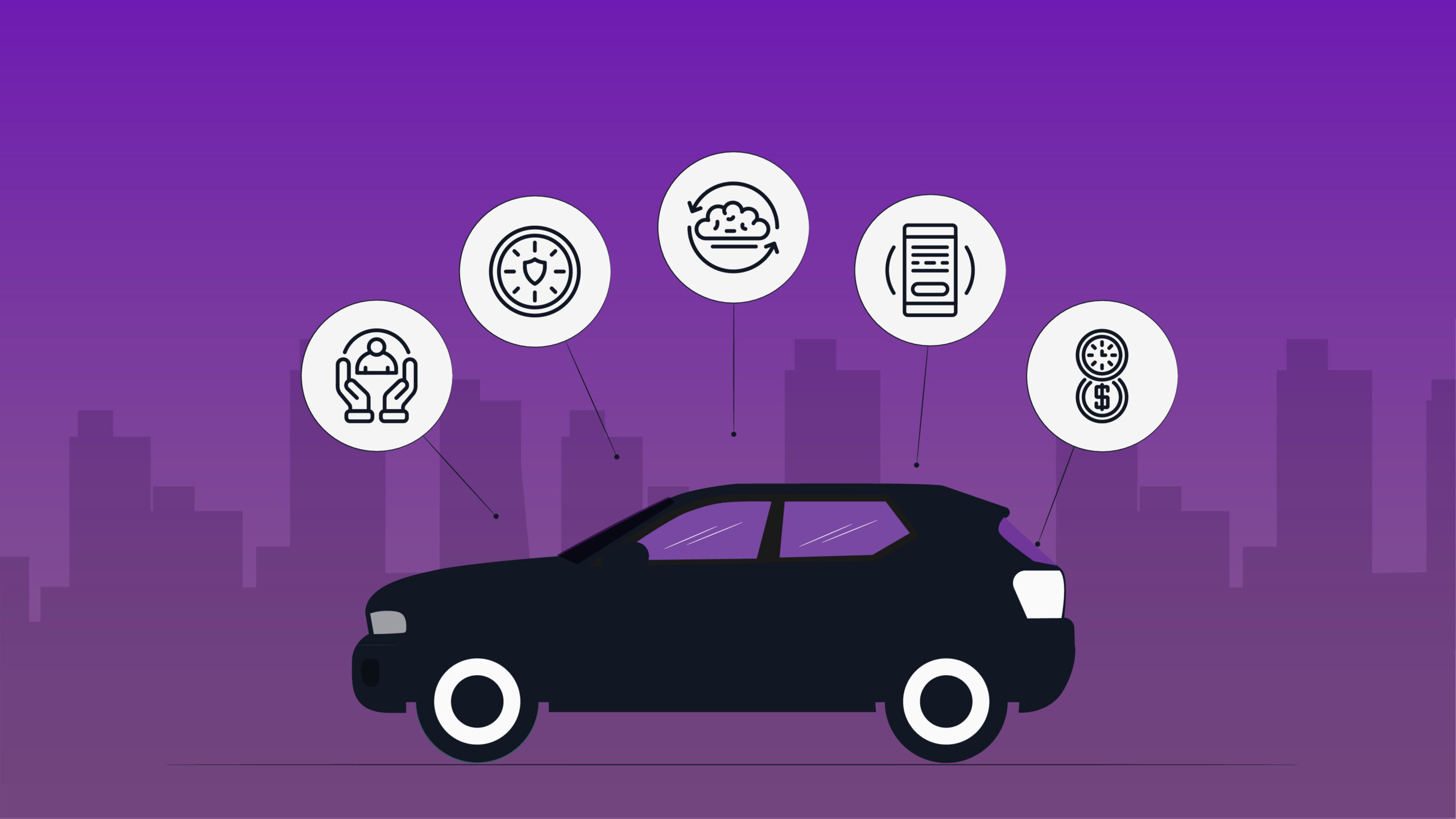Top Auto Insurance Trends Now
What’s happening in auto insurance right now? Let’s take a look at 10 significant auto insurance trends impacting operations, losses, and customer satisfaction.
1. Property and Casualty Insurers Report High Losses
An AM Best report shows that the U.S. property and casualty sector had an underwriting loss of $38 billion in 2023 – the largest loss in the last 10 years. S&P Global says private auto insurers reported a combined ratio of 104.9%, which is actually an improvement of about 7 percentage points over the previous year. Commercial auto liability lines reported a combined ratio of 113.3% (which is the highest it’s been since 2019), and commercial auto physical damage lines reported a combined ratio of 96.1% – an improvement of about 4 percentage points.
2. Auto Insurers Are Investing in AI
According to MarketWatch, auto insurers are leveraging AI in many ways, including for claims management, underwriting, fraud detection, and customer service. The rise of connected car data has led to new possibilities. Although there are many benefits to AI, some people are concerned about data privacy. In a report from Mozilla, all 25 major car brands reviewed received failing marks for consumer privacy.
3. Dangerous Driving Habits Increase Risks
During the COVID-19 pandemic, fatal crashes surged, despite a decrease in miles driven. A study from the Insurance Institute for Highway Safety found that drivers engaged in more speeding during lockdowns. In addition, the National Highway Traffic Administration (NHTSA) reported an increase in fatal crashes involving alcohol and unbelted vehicle occupants. Distracted driving is another risk. The NHTSA says fatal crashes have decreased slightly since the peak during the pandemic. However, risky driving behaviors may persist. In a Nationwide survey, 92% of people said drivers are looking at their phone more now than they did a year ago, 90% said drivers have become more aggressive, 88% said drivers are driving faster, and 86% said drivers are more reckless.
4. Car Thefts Continue to Climb
The National Insurance Crime Bureau (NICB) says vehicle thefts increased in 2023. There were 1,020,729 reports of stolen vehicles, up from 1,008,756 in 2022. California had the largest number of car thefts. However, catalytic converter thefts have decreased slightly since surging during the pandemic. According to USA Today, precious metal prices have fallen.
5. Electric Vehicle Total Loss Rates Are Increasing
Research from Mitchell International shows the total loss rate for electric vehicles rose to 9.93% in the first quarter of 2024, which is 8% higher than in the fourth quarter of 2023 and 30% higher than the third quarter of 2023. Electric vehicle car prices dropped in 2023 when Tesla lowered its prices and other automakers followed suit.
6. Longer Repair Times Are Impacting Claims
J.D. Power says repair cycle times have become longer than ever – increasing from 12.0 days before the pandemic to 23.1 days in 2023. As a result, policyholders are less satisfied with rental car benefits. Many say the rental period is not long enough or the out-of-pocket costs are too high. According to Insurance Journal, repairs are becoming costlier and longer due to new technologies and higher labor costs. Although advanced technology keeps drivers safe, it almost makes repairs more expensive.
7. More Americans Are Committing Auto Insurance Fraud
In a survey from ValuePenguin, only 9% of people admitted to auto insurance fraud, but 35% admitted to submitting claims for preexisting damage and 21% said they’ve misled their insurer to save money. Fraud is especially common among younger policyholders, with 39% of Millennials admitting to deceptive tactics to save on auto insurance. Repair Driven News warns that photo-based claim fraud is a concern in light of new AI image tools that can generate fake photos of vehicle damage.
8. Autonomous Vehicles Continue to Develop
According to McKinsey & Company, approximately half of the U.S. states allow the operation of autonomous trucks. However, IIHS says its new rating system of partial driving automation systems gave 11 out of the 14 systems tested poor safety scores, two marginal scores, and only one an acceptable score. Researchers from the University of Central Florida found that self-driving cars are usually safer than cars driven by humans – except in low light conditions and when the vehicle is turning. In those conditions, self-driving cars are approximately five times and two times more likely to crash, respectively.
9. Policyholders Are Shopping More
Rising auto insurance premiums may be prompting policyholders to look around for better deals. LexisNexis says U.S. consumer auto insurance shopping activity was “hot” in the first quarter of 2024, with shopping up 2.9%.
10. Social Inflation Is Driving Up Claims
Moody’s says increased litigation, larger damage awards, and broader legal interpretations are impacting U.S. property and casualty insurers. Social inflation has been particularly noticeable in commercial auto and general liability lines. According to research from Morgan Stanley, social inflation resulted in between $13.3 billion and $24.5 billion in excess losses in commercial auto liability between 2013 and 2022, accounting for 7% to 13% of total losses.
How Soteris Helps Auto Insurers Keep Up
The industry is changing fast. If you’re looking for innovations to keep your company ahead of the curve, consider partnering with Soteris. We leverage machine learning to facilitate rate-adequate risk selection in less than one second.





